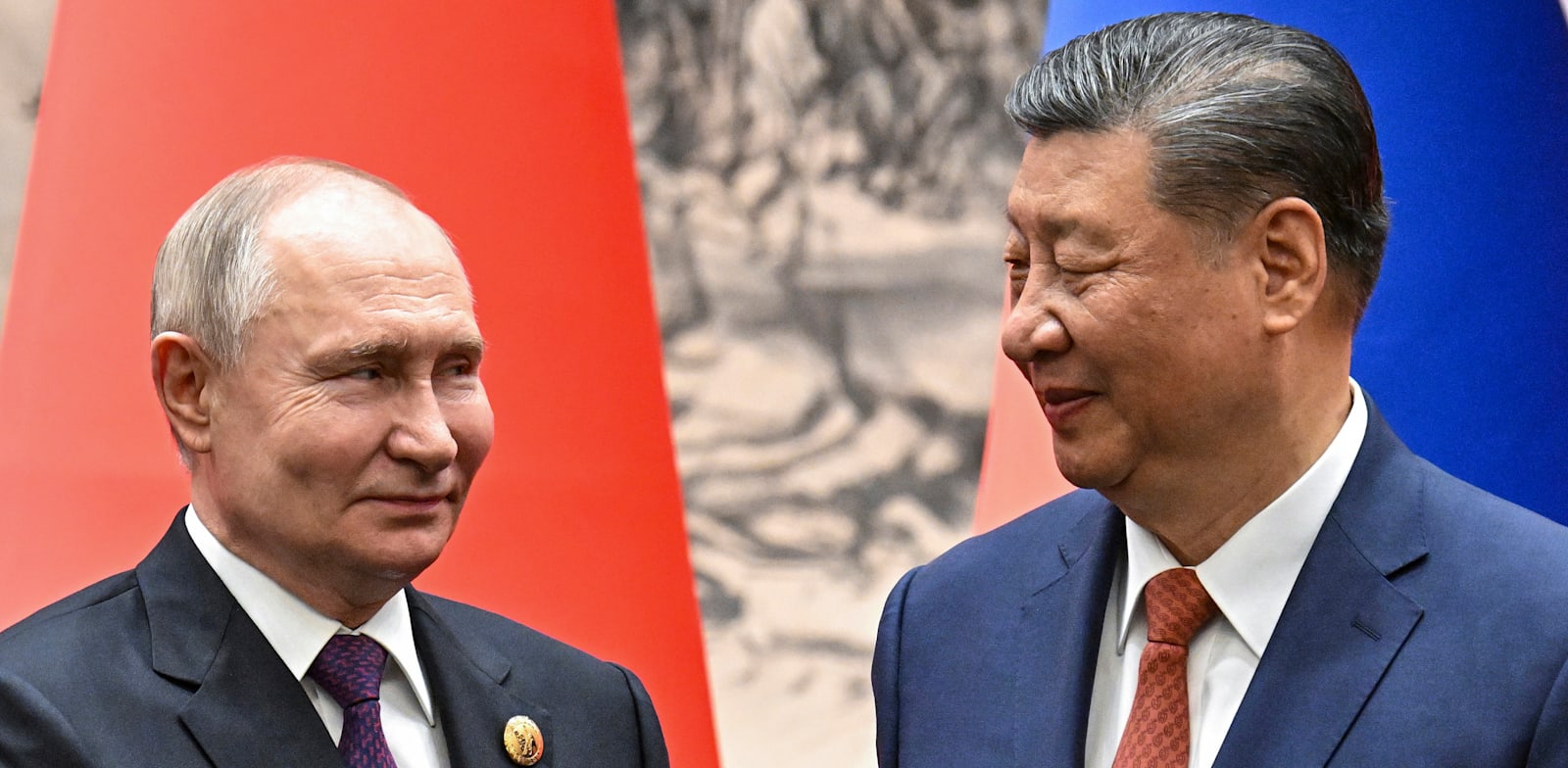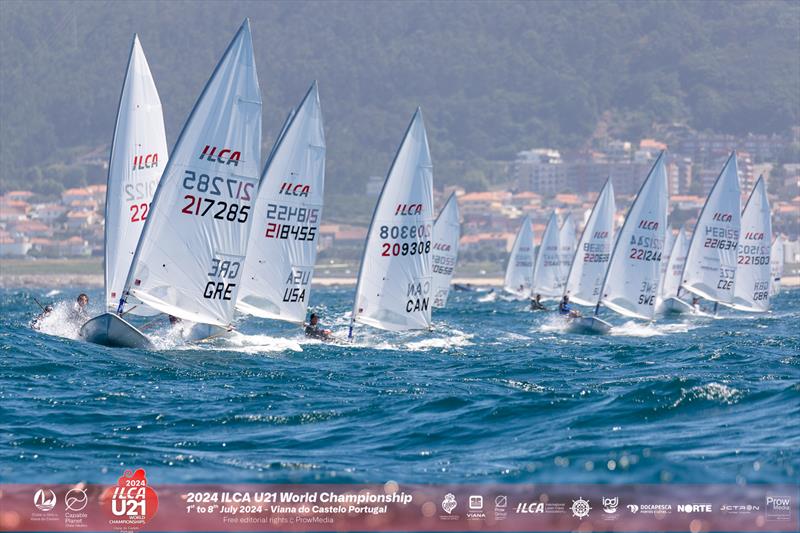
During his recent visits to Asia, Russian President Vladimir Putin paid a visit to the arid capital of Uzbekistan, in an effort to preserve relations between the two countries. Local officials in Uzbekistan welcomed him with decorated boulevards adorned with posters of his image. However, beneath the surface of this expected gesture lies a shift in the country’s automobile landscape. More cars from Chinese brands such as BYD and Geely are now seen on the streets of Uzbekistan, while the presence of Russian Ladas is diminishing.
The deepening friendship between China and Russia is evident in their collaboration to counter what they perceive as Western interference. This partnership, however, clashes with Beijing’s global aspirations as it encroaches on Moscow’s historical sphere of influence in Central Asia. Tensions between the two powers are brewing as they gather for the “Shanghai Cooperation Organization” summit in Kazakhstan this week.
China’s increasing economic footprint in Central Asia is reshaping the region, attracting investment, creating employment opportunities, and reducing reliance on Russian resources. This shift is evident in the rise of Chinese companies and infrastructure projects across Uzbekistan and other Central Asian countries. China’s strategic investments, such as the development of a new railway line, are rerouting trade routes and diminishing Russia’s once-dominant position.
While Russia and China have traditionally divided their roles in Central Asia, with Russia providing security and China focusing on development, China’s growing economic power is challenging this balance. Trade between China and Central Asia has surged in recent years, surpassing previous levels by threefold. Chinese investments in renewable energy and infrastructure are transforming the region, offering alternatives to Russian energy sources and routes.
Despite these changes, Russia remains deeply rooted in Central Asia, with significant cultural and linguistic ties. However, China’s increasing influence is attracting a new generation of Central Asian elites and shaping their perspectives on the region’s future. The shift in economic partnerships and infrastructure projects indicates a broader transformation in the region’s geopolitical landscape, as China’s rise challenges Russia’s historical dominance in Central Asia.
In summary, Putin’s visit to Tashkent was aimed at preserving relations between Russia






